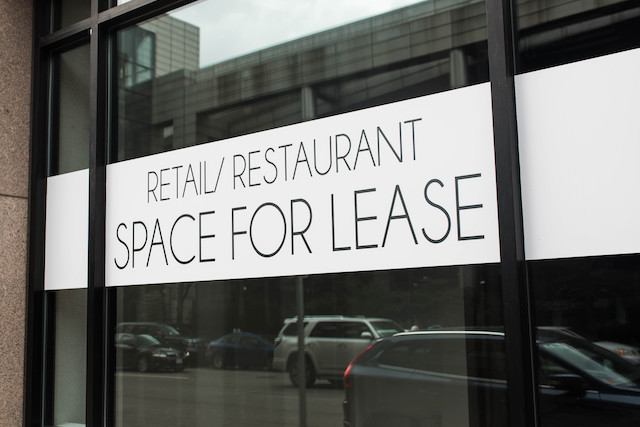“We don’t want to be alarmist. We don’t have an exact figure. Some owners have contacted us to lease out their property. It’s more than normal,” director of JLL Luxembourg’s retail segment Dimitri Collignon told Delano. He believed the situation had “escalated over the past month-and-a-half,” a period that coincided with the closing of bars and restaurants for a two-month period.
A few months after the first lockdown, food, beverages and hospitality federation Horeca forecast around a fifth of eateries wouldn’t make it through the crisis. The Luxembourg government introduced a raft of financial support, including partial unemployment that subsidises worker salaries. In some instances, businesses received rent breaks from their landlords.
“On the one hand for the most part, tenants and landlords have been able to discuss in a constructive manner to find agreements,” said Collignon. “On the other hand, given the duration of the epidemic and the recurrence of closure phases and/or restrictions this will certainly not save all businesses.”
He added that particularly hard hit were smaller venues whose revenues were impacted by social distancing which limited the number of customers that could be welcomed onsite. Also among the most impacted were eateries relying on lunchtime custom, which diminished as a result of widespread remote working.
Business buoyed by cross-border consumers
Luxembourg closed restaurants and bars from 26 November, slightly later than neighbouring regions. Footfall from over the border during that limbo period helped buoy some businesses, Collignon reckoned.
Eateries have since been encouraged to offer takeaway, though the expert suggests it is generally more viable for pizzerias and fast-food venues.
“For the others it’s difficult. It’s very expensive, and the charges are fixed,” he said.
According to figures published by the Luxembourg Chamber of Commerce, eight in ten horeca companies experienced a decline in activity in the second quarter, and the risk of bankruptcy was increasing daily.
Thus far bankruptcy figures have risen slightly. According to Statec, during the first 11 months of the year, 1,145 businesses declared bankruptcy, compared with 1,121 in 2019 and 1,040 in 2018. There was not an increase in horeca bankruptcies and the most-impacted sectors were industry, services and funds. “In view of the special situation related to covid-19, Statec expects an increase in the number of bankruptcies in the coming months,” it wrote.
The prospects for 2021 are uncertain. Collignon said most business owners had pinned their hopes on the vaccine. The Luxembourg Chamber of Commerce recently reported the main concern of Horeca members was the cost of employment, particularly after the government announced a minimum wage increase for 2021. The lack of liquidity and return of customers after reopening were also of concern, the chamber found.
On Thursday afternoon, Luxembourg’s parliament was expected to vote on a bill providing up aid for up to 90% of uncovered costs in small businesses and 70% in larger ones. The first payments are expected to be issued in December. Meanwhile, the government has pledged to speed up processing of partial unemployment payments, promising payment within three weeks.
